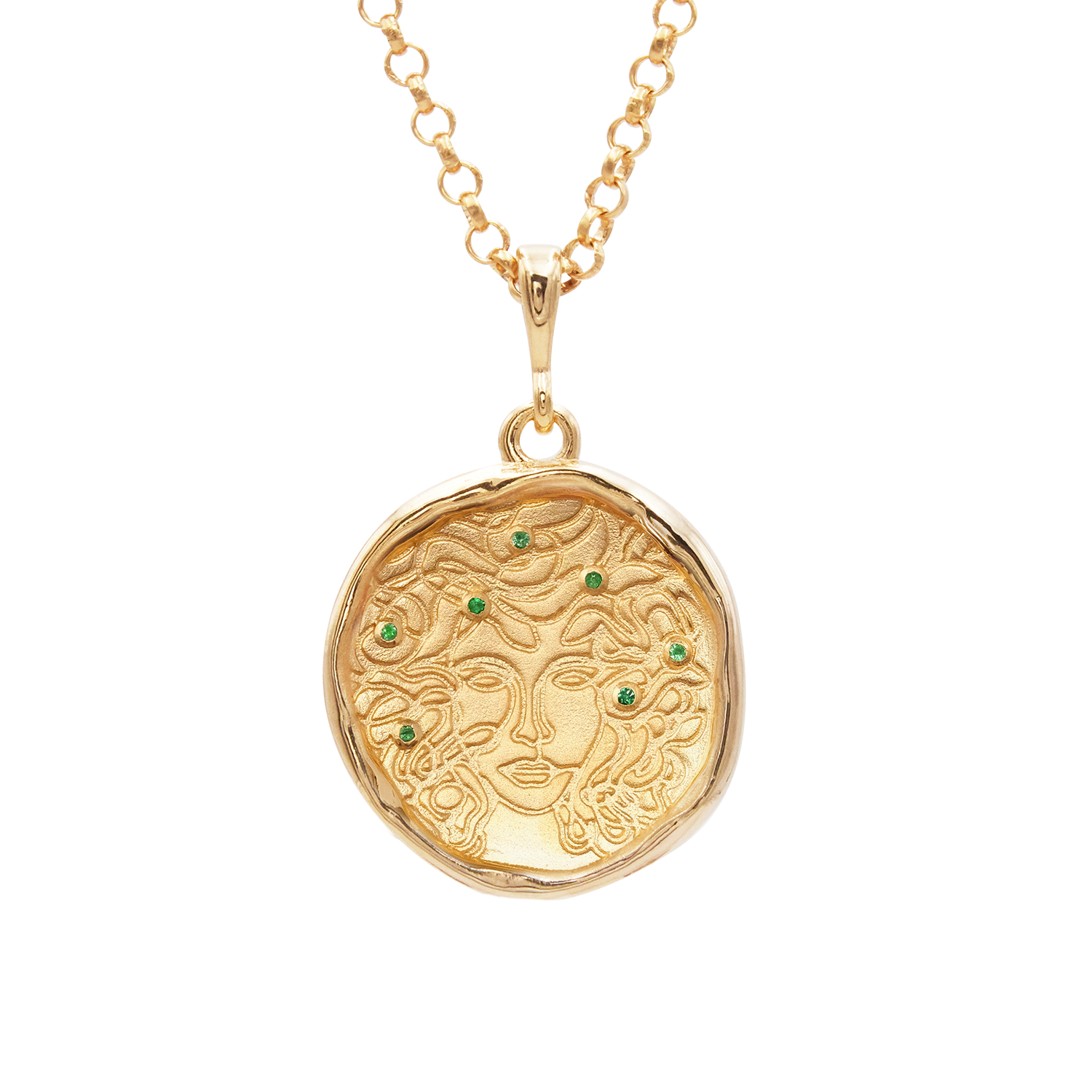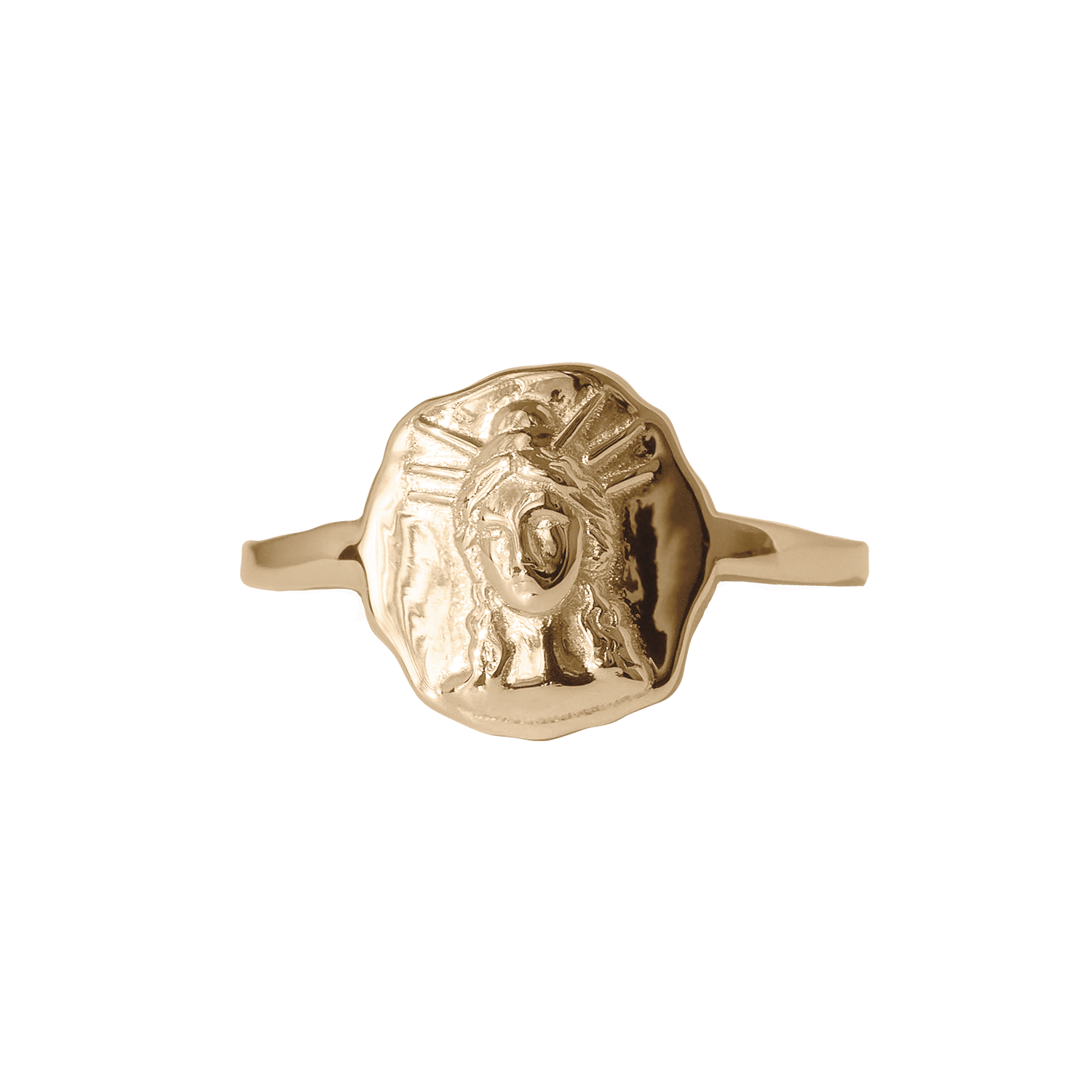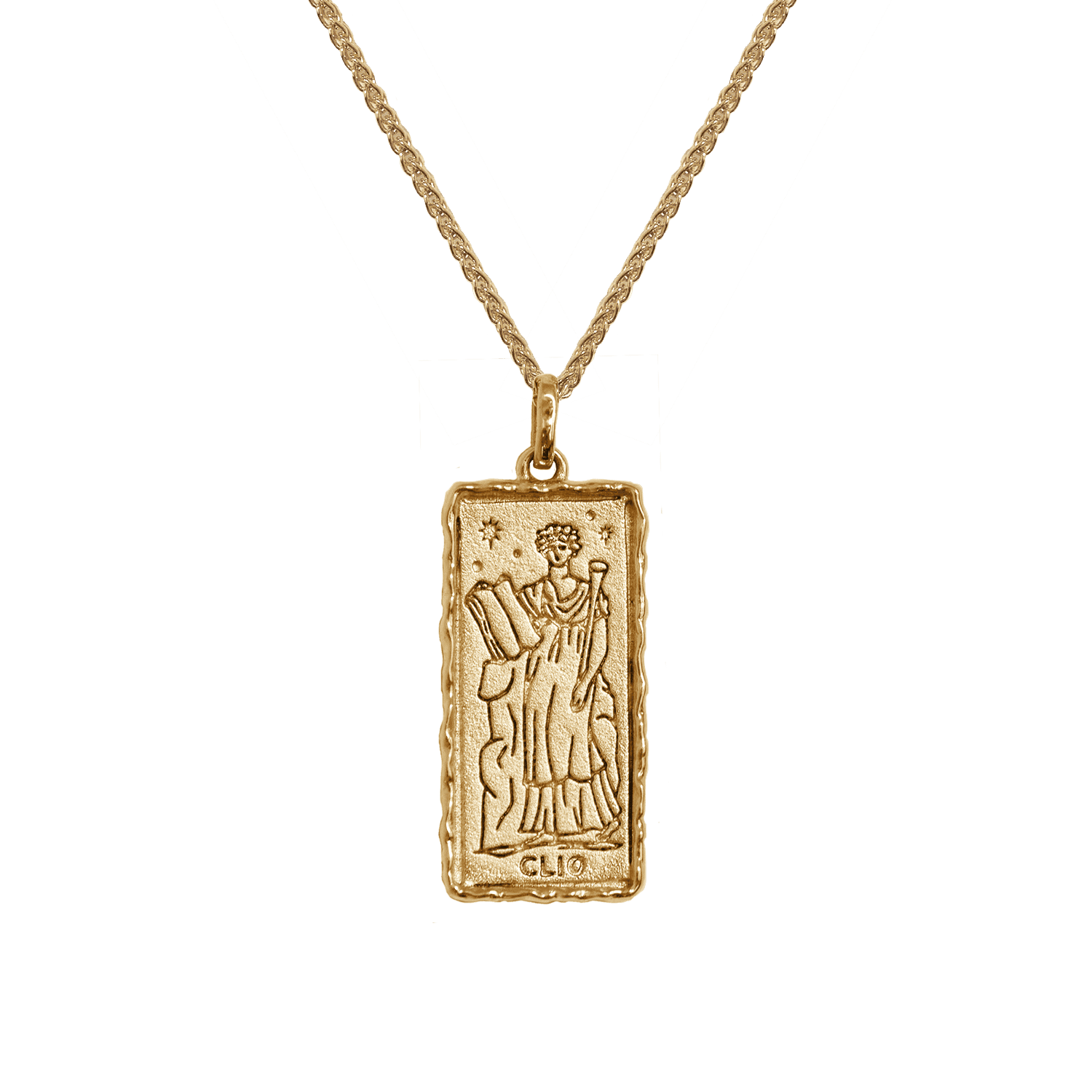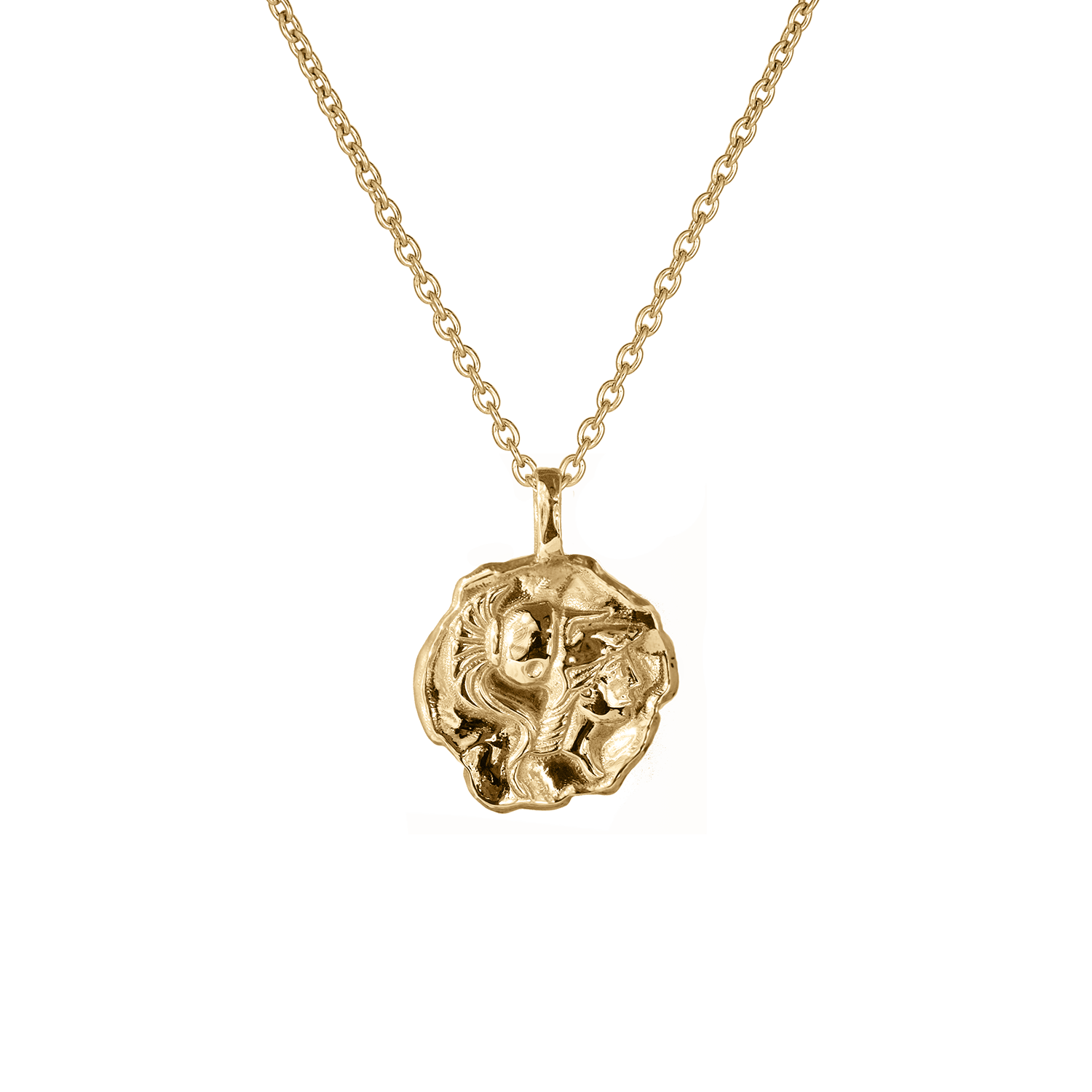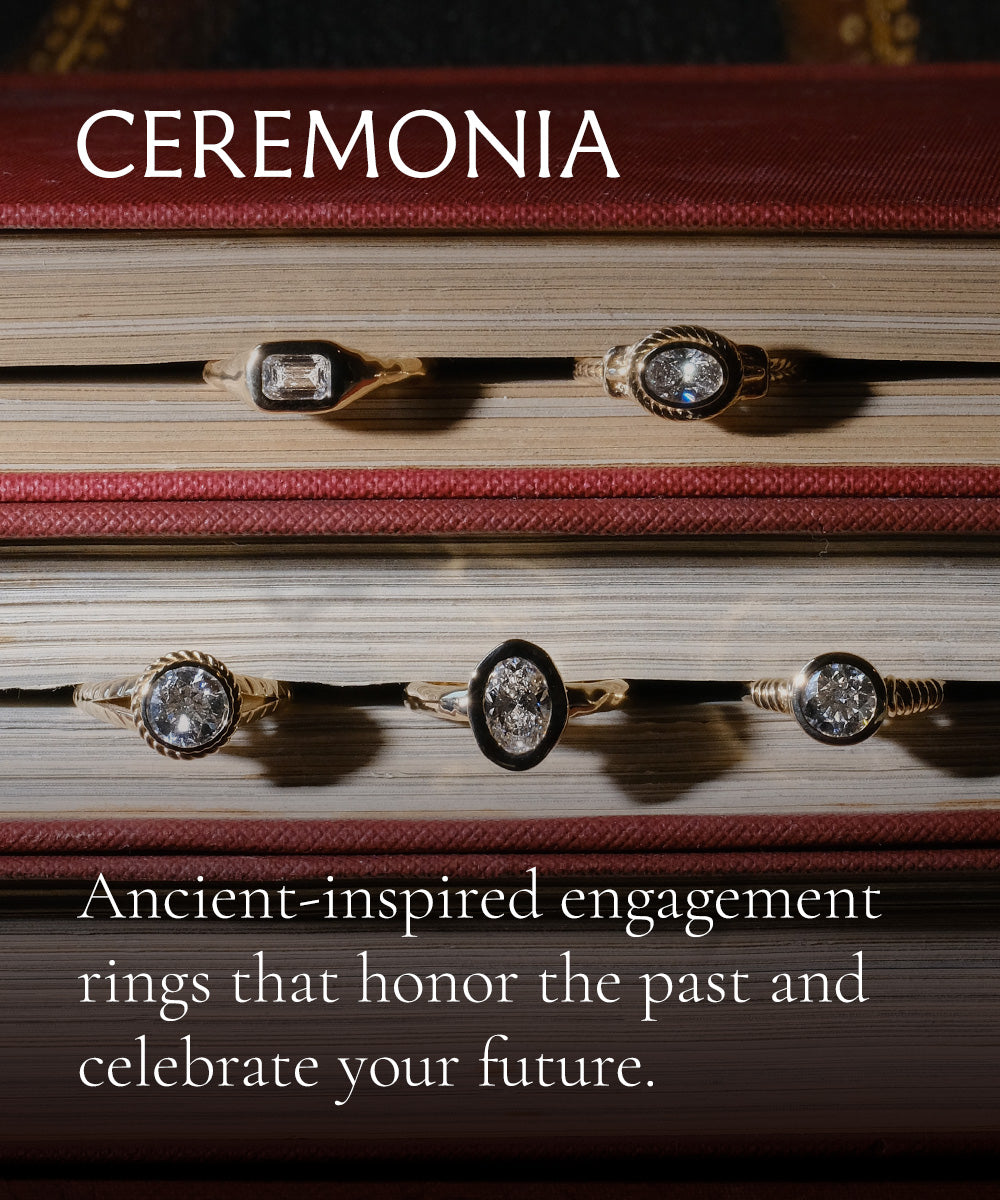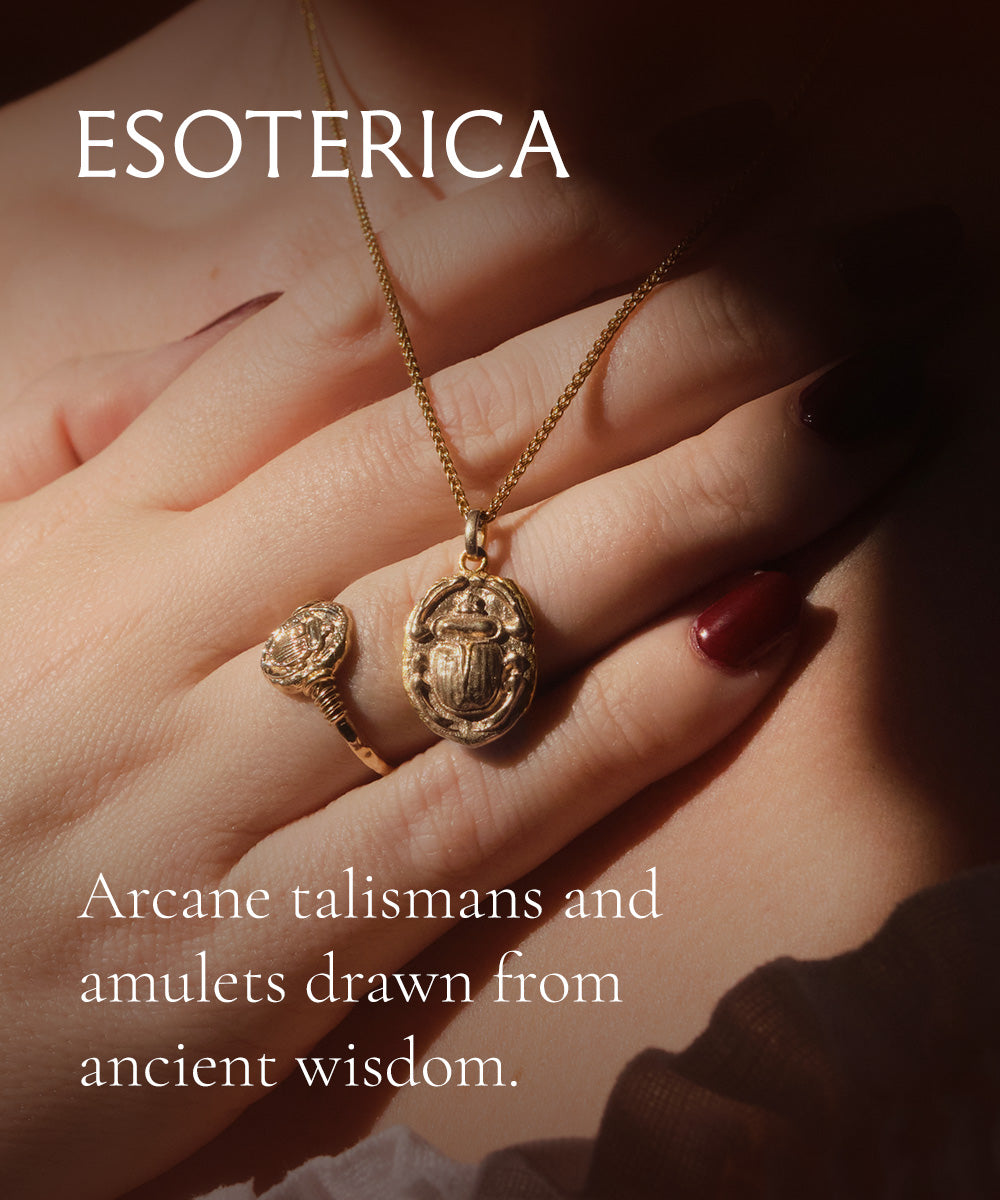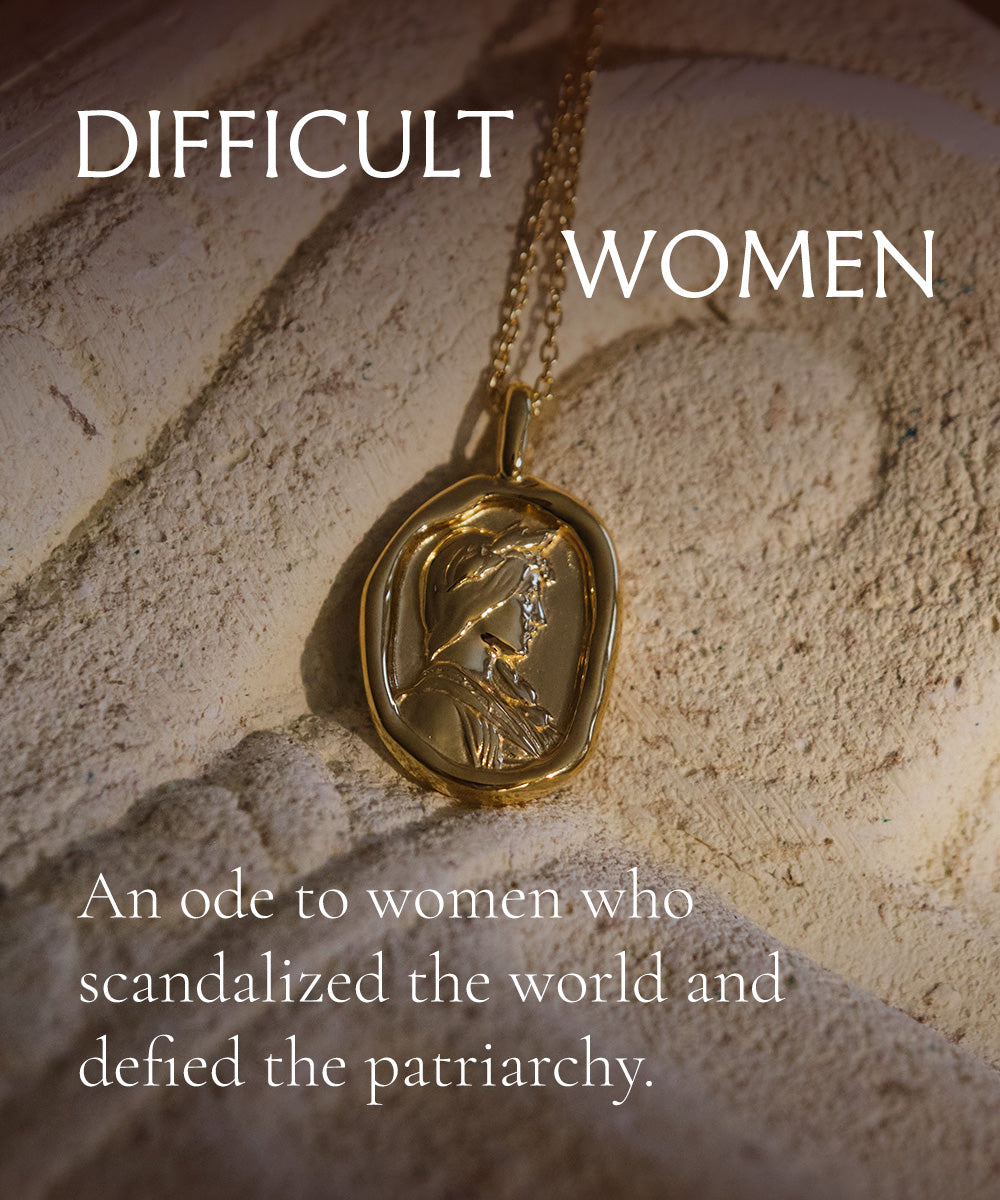"use life's beauty as it blooms"
- Ovid, Fasti, V.353
Floralia was an ancient Roman festival, a celebration for Flora, a goddess who had no Greek counterpart. As they did with their land and language, the Romans simply took their mythology from the surrounding areas. The idea of using pillars of civilization that were already tried & true was deeply entrenched in the mind of the Roman empire – they didn’t wish to invent, but sought to improve.
So the Greek myths became Roman. Venus came from Aphrodite, Minerva from Athena, Diana from Artemis. But Flora, a goddess whose domain edged into that of Proserpine, Juno, and Venus, came from the mythology of the Sabines: people of the ancient Italian peninsula who were some of the first to be conquered and integrated by the very early Romans.
Flora presided over the blooms of flowers, vegetation, fertility and all kinds of new growth. It is no wonder her holiday was celebrated during the spring, April 27 or 28 depending on the calendar. Flora was a plebian goddess, though most holidays were patrician (upper class), Floralia’s games and spectacles included nudity, circus, theater, mock gladiators, and of course, plentiful feasts.
Goats and hares and dry beans (yes, really) were released and scattered into the streets to promote a spirit of fertility and salaciousness. Sex workers were encouraged to participate in the events, and all who attended wore bright, multicolored garments and floral crowns and wreathes for their hair. Festivities went on until late into the night.
Floralia was subject to some criticism, due to the licentious nature of the holiday. But she was given her due – dependent on agriculture, the Romans held Flora in high standing. She was one of the few deities with her own temple and priestesses, a sign of massive respect and importance. Or perhaps those hard, rough Romans had a soft spot for the stunning spring blooms.
“The spring flowers in a wet year were unbelievable. The whole valley floor, and the foothills too, would be carpeted with lupins and poppies. Once a woman told me that colored flowers would seem more bright if you added a few white flowers to give the colors definition. Every petal of blue lupin is edged with white, so that a field of lupins is more blue than you can imagine. And mixed with these were splashes of California poppies. These too are of a burning color—not orange, not gold, but if pure gold were liquid and could raise a cream, that golden cream might be like the color of poppies.”
John Steinbeck, East of Eden